Mobile Flagship Phone Cameras 2021 H1 Review: Megapixels & Telephotos
by Andrei Frumusanu on June 21, 2021 9:30 AM ESTLow-light: Large Sensors & Computational Night Modes
Low-light photography is dominated by two-prone approaches of having large sensors with large pixel sizes, as well as having the computational photography night mode image processing algorithms to do image stacking and try to extract more information that way. Night mode capture is generally a must on any smartphone device today and requires R&D on the part of the vendor’s software teams to be able to achieve good competitive results.
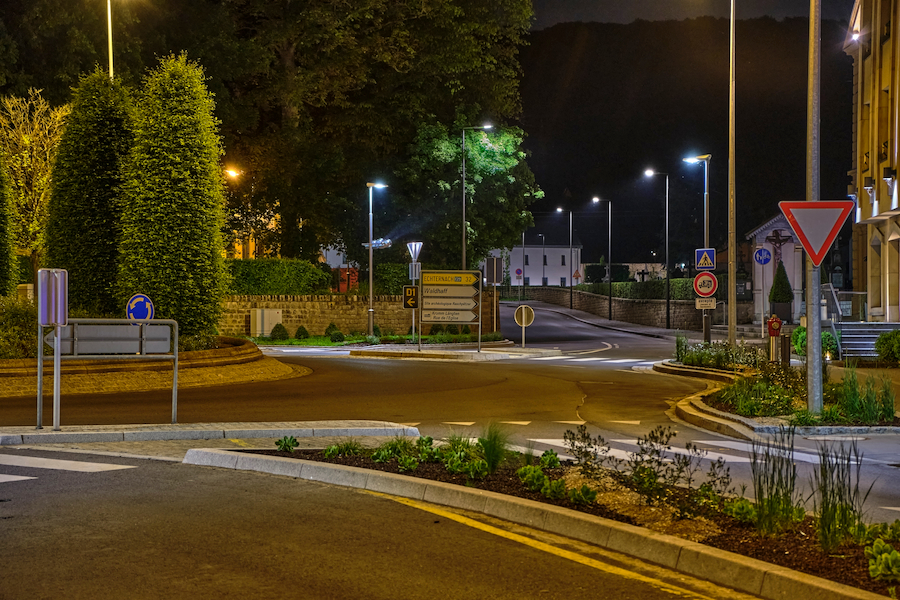
[ X-T30 ( ) ]
[ S21U(S) - ]
[ S21U(E) ]
[ Mi 11 Ultra - ]
[ Axon 30 Ultra - ]
[ OnePlus 9 Pro - ] [ Mi 11 - ]
[ S21(E) - ]
[ iPhone 12 Pro ] [ Pixel 5 - ]
As a start, I wanted to cover the most unconventional usage of night mode, and that’s on the longer focal ranges of the cameras. Generally, using the telephoto in lower light conditions isn’t exactly a very common scenario in my view, however it’s still interesting to showcase the results. For all phones I captured both the default auto mode images as well as the explicit night mode shots, when applicable.
On the S21 Ultras, at 10x on the periscope lens, the usage of night mode is actually detrimental to the image results as it seems that the exposure time becomes far too long and the phone can’t manage a sharp image result when hand-held. The Mi 11 Ultra seems to be doing a little better here in terms of the image stacking, but also loses out fine detail compared to the normal single shot exposure.
The Axon 30 Ultra doesn’t even allow night mode on its periscope module so it’s simply just a up-scaled result from the secondary wide angle. I didn’t quite understand why they’re using this module when the primary wide angle has a much better sensor as well as OIS, but now in hindsight after actually having captured the shots I realised that you can crop in closer in night mode just using that module, which wasn’t exactly clear to me at the time, so the phone should do much better than what’s showcased here.
At around 3x, the S21 phones generally do the best. The S21 Ultra uses its telephoto module with night mode, and surprisingly the regular S21’s image is also again extremely good via the 64MP sensor, when combined with night mode.
The iPhone 12 Pro deemed it too bright for night mode, so it’s a mere auto mode shot, and the OnePlus 9 Pro didn’t allow any zooming in at all when in nightscape mode, with its 3.3 telephoto not being able to compete with the S21’s.
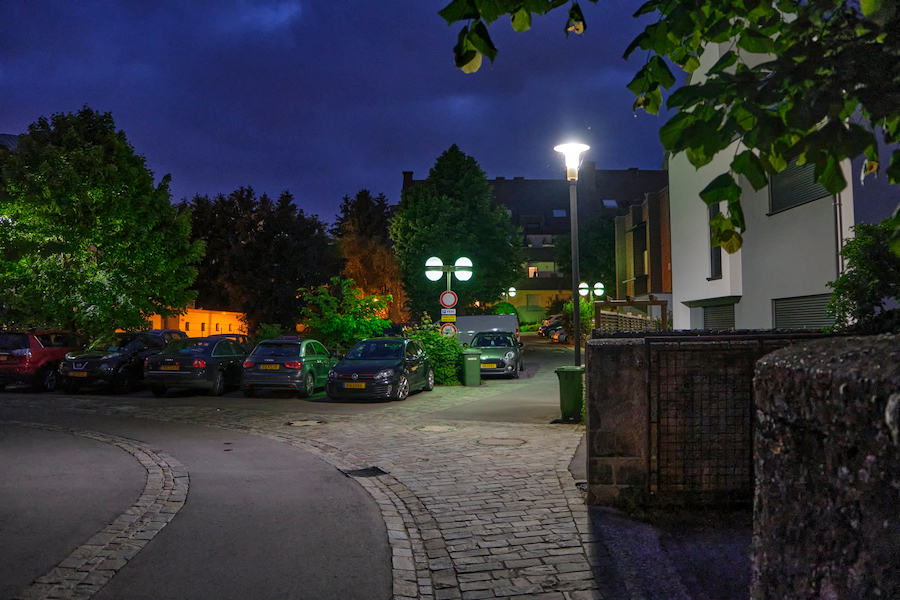
[ X-T30 ( ) ]
[ S21U(S) - ] [ S21U(E) - ]
[ Mi 11 Ultra - ] [ Axon 30 Ultra - ]
[ OnePlus 9 Pro - ] [ Mi 11 - ]
[ S21(E) - ]
[ iPhone 12 Pro ] [ Pixel 5 - ]
On the main camera, the best performer was the Mi 11 Ultra, somewhat unsurprisingly. The S21 Ultras follow it, along with the S21, OnePlus 9 Pro. The Mi 11 has a good night mode processing, however suffers from the smaller pixels in its 27MP capture mode. The Pixel 5 similarly is limited by the sensor. The iPhone 12 Pro has Apple’s algorithm tendency of being able to brighten up mid-tones, but not doing well in dark shadows or blacks, which remain nearly clipped. The Axon 30 Ultra produces a brighter image but is completely flat.
At 2x magnification most phones refuse to use their native sensor resolution so it’s just a direct upscale from the 1x results. The iPhone 12 Pro similar refuses to use its telephoto module, rather cropping in on the main sensor.

[ X-T30 ( ) ]
[ S21U(S) - ] [ S21U(E) - ]
[ Mi 11 Ultra - ] [ Axon 30 Ultra - ]
[ OnePlus 9 Pro - ] [ Mi 11 - ]
[ S21(E) ] [ iPhone 12 Pro ] [ Pixel 5 - ]
In slightly brighter scenes, the iPhone does use its telephoto. On other devices which don’t have a dedicated module, the results are generally bad. The Mi 11 Ultra either has a native resolution 2x image with very low dynamic range and contrast, or a night mode crop from its binned 1x mode which doesn’t have the resolution.
On the ultra-wide, the Samsung phones are leading in detail and colour accuracy. The Mi 11 Ultra and the OnePlus 9 Pro do also very well in details, but colour balanced the image wrong, the whole scene was indeed very orange due to the sodium vapour lamps.
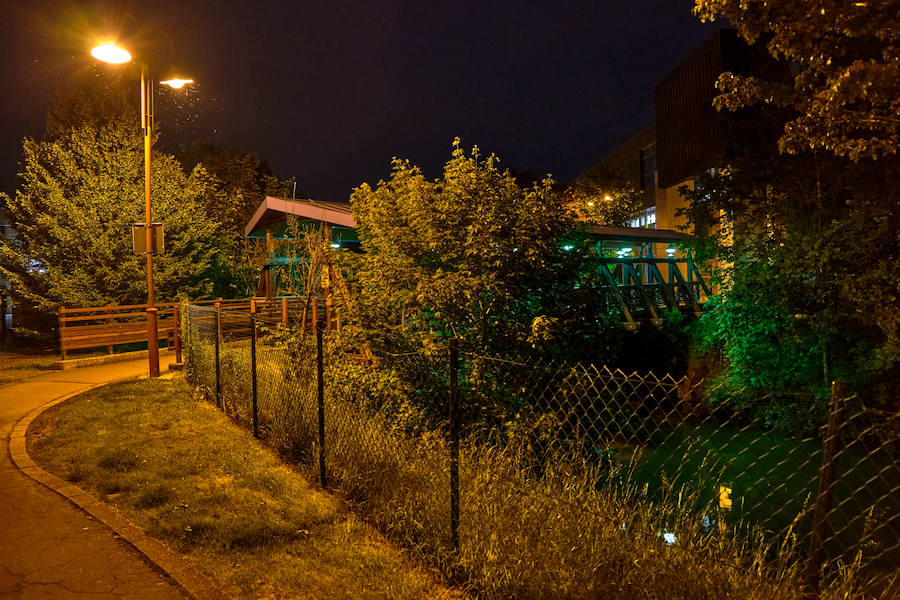
[ X-T30 ( ) ]
[ S21U(S) - ] [ S21U(E) - ]
[ Mi 11 Ultra - ] [ Axon 30 Ultra - ]
[ OnePlus 9 Pro - ] [ Mi 11 - ]
[ S21(E) - ] [ iPhone 12 Pro ] [ Pixel 5 - ]
On the main camera again it’s mostly the Mi 11 Ultra which does best. Here I would also mention that it’s one of the phones which actually even though you’re in auto-mode in the camera, the device will detect the low-light scenario and still capture a night mode shot, which is why both 1x pictures look the same.
The Samsung phones brighten the scene too much but manage to handle gradations and details well. The iPhone and Pixel follow, though the latter almost always gets colour temperature wrong in night mode. OnePlus also does mostly well but does have some flatter textures. The Axon is again bright, but also completely flat.
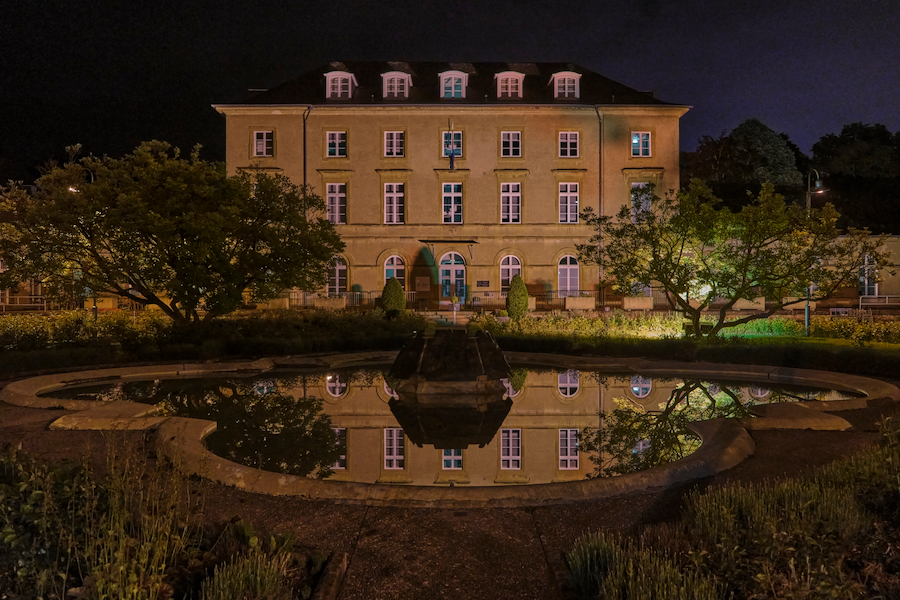
[ X-T30 ( ) ]
[ S21U(S) - ] [ S21U(E) - ]
[ Mi 11 Ultra - ] [ Axon 30 Ultra - ]
[ OnePlus 9 Pro - ] [ Mi 11 - ]
[ S21(E) - ] [ iPhone 12 Pro ]
As scenes become darker, some sensors start to not be usable anymore, even with night mode. The ultra-wide on the Mi 11 Ultra here struggles. The Axon 30 Ultra, Mi 11 and OnePlus 9 Pro’s night modes are starting to bring out sensor noise out, resulting in purple frame edges. The Samsung ultra-wides still hold up quite well.
On the main camera, the OP9Pro seems to have done the best, capturing more shadows and better details than the other devices. This is followed by the S21’s and the Mi 11 Ultra.
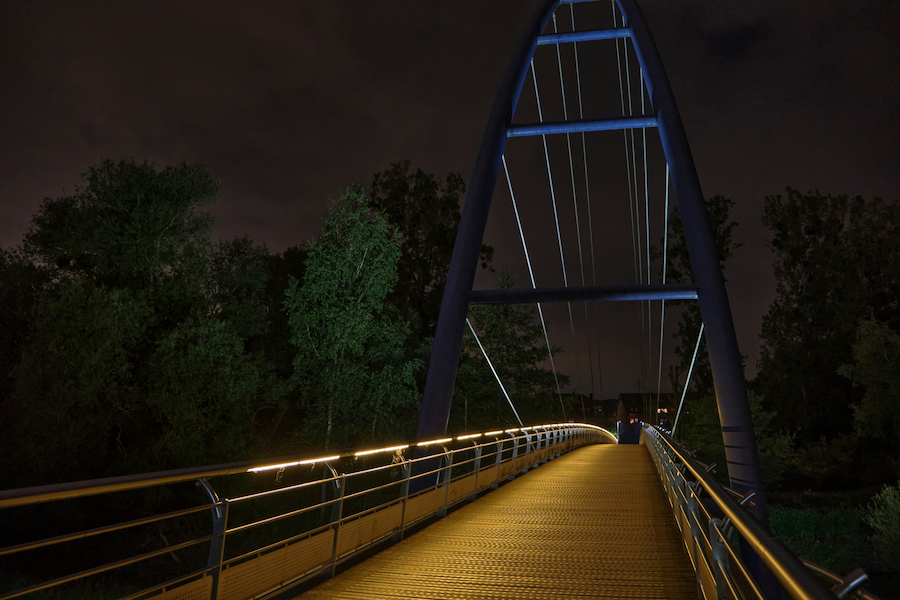
[ X-T30 ( ) ]
[ S21U(S) - ] [ S21U(E) - ]
[ Mi 11 Ultra - ] [ Axon 30 Ultra - ]
[ OnePlus 9 Pro - ] [ Mi 11 - ]
[ S21(E) - ] [ iPhone 12 Pro ] [ Pixel 5 - ]
This scene also generally follows the hardware ranking between the phones. The Mi 11 Ultra and the S21 Ultras do the best, along with the OnePlus 9 Pro. The S21 is starting to have notably more noise than the S21 Ultras here as it has smaller effective pixels. The iPhone and Pixel have good night modes but are laggards in the hardware department in terms of their sensors. The Axon 30 Ultra is again extremely flat.
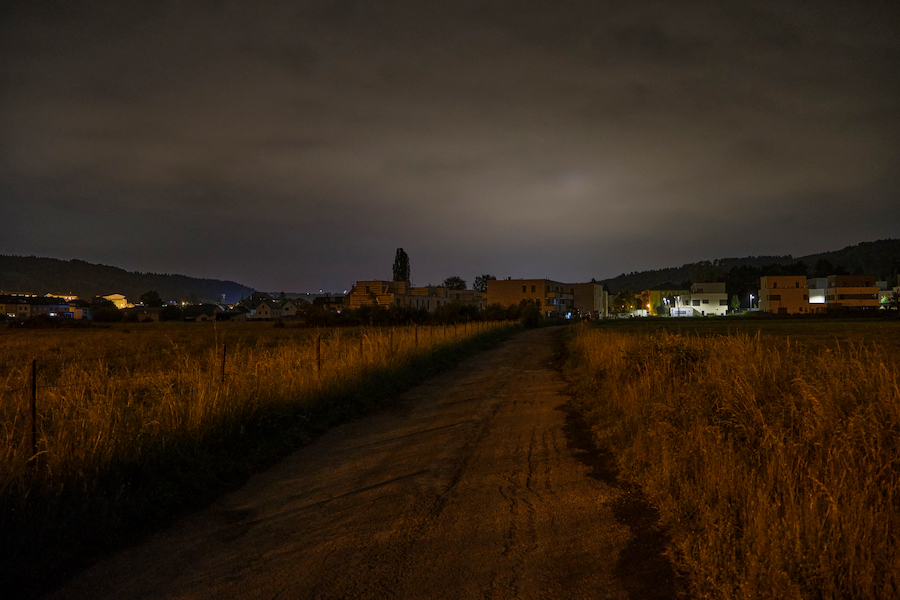
[ X-T30 ( ) ]
[ S21U(S) - ] [ Mi 11 Ultra - ] [ Axon 30 Ultra - ] [ OnePlus 9 Pro - ]
[ Mi 11 - ] [ S21(E) - ] [ iPhone 12 Pro ] [ Pixel 5 - ]
This scene was extremely dark and generally just lit by far away street lights and just the light pollution in the cloudy sky. It’s not a very realistic scenario, but just a general showcase of the extremes of what the sensors and night modes can do.
The Mi 11 Ultra is the best performer alongside the OnePlus 9 Pro, one has the hardware advantage while the other seems to have a good night mode that extracts details in extreme low light. The S21 beats the S21 Ultra in getting any light in, even though it’s extremely noisy. The Pixel has a stronger night mode in the shadows than Apple, but both suffer from getting any light. The Axon 30 Ultra has a bright image but generally only useable as a thumbnail as it’s a blurry mess.
Overall Low-Light Conclusion
In general, the low-light results largely tracked with what we expected from the phones. The top performers are naturally those devices which have a hardware sensor advantage, with big sensors and larger effective pixels. This includes the Mi 11 Ultra and the S21 Ultra, with the OnePlus 9 Pro also being extremely competitive. Following the sensor advantages, it’s about the computational photography night modes. I think Samsung produces amongst the best results here as it has colours that are more often representative of the scene, whereas other phones can get colour temperature wrong. The Pixel here for example is almost always wrong as it tries to colour balance to the extreme instead of capturing the lighting of the scene.
Generally, the Samsung phones were the most versatile and consistent across the camera modules, while for the other phones the results could vary quite a lot from scene to scene. A phone camera is still only a phone camera and has many weaknesses in low-light, it will be interesting where vendors are heading next in terms of trying to augment their photography capabilities.










60 Comments
View All Comments
s.yu - Friday, June 25, 2021 - link
Bottom line, the "people" factor in photos actually translates to skin tones, and in that respect all phones should be fine since it's just a matter of color and the most easily repairable even from JPG output, so it's unlikely, with the exception of 1+'s artificial black crush, that skin tones would be mapped beyond the visible DR with all this automatic HDR.There's also the matter of accurately portraying skin tones, or automatically "enhancing" them making them subjectively more flattering, which is kind of beside the point of Anandtech reviews, which largely focuses on objective measurements and realism of the processing.
ottonis - Wednesday, June 23, 2021 - link
For a state of the art review of phonecameras, this article is the reference in 2021.Incredible amount of work has been put into this meticulous comparison, and it shows.
Hats off to Andrei and Anandtech and a big thank you for the great and truly useful work.
s.yu - Wednesday, June 23, 2021 - link
Wow you've outdone yourself (and of course everybody else) Andrei! Next time you could add diffraction to the equation :)What I learned from this article is that Xiaomi now has a surprisingly robust night mode, and that Samsung finally gets the hang of properly utilizing that 108MP main, such that it generally matches the Mi11U.
The darkest scene shows blotchy(in squares, or checkered) noise from the Fuji, which is new to me. It seems as though not even Fuji's own JPG algorithm could perfectly handle X-trans. You could try Fuji's own conversion software though, people who are serious about using Fuji can't go without it.
I sometimes get the Exynos blurriness from my Gcam too, and some of the Pixel samples also seem to show that behavior(like the whole thing's out of focus, or the lens is decentered). I initially thought it was bad compatibility with my hardware but it looks like an inherent software issue now. It's not consistent, at least on Gcam, I could take multiple shots when the issue arises and would generally get a keeper.
Minor addition though Mi11U's night mode switch seems entirely useless, not only does it automatically do night mode in auto, it automatically reverts to auto in night mode, the first night sample shows two nearly identical 1x shots from Mi11U, and examining the texture I believe they're from auto.
Andrei Frumusanu - Thursday, June 24, 2021 - link
> The darkest scene shows blotchy(in squares, or checkered) noise from the Fuji, which is new to me. It seems as though not even Fuji's own JPG algorithmThese are RAWs, not SOOC JPEGs, so the blotchiness would some of the CO noise reduction.
s.yu - Thursday, June 24, 2021 - link
Oh! I thought you used OOCJPG for reference too. That's really weird because avoiding artifacts that exhibit a regular pattern (especially one that hints at x-trans specificity) should've been Fuji's top priority. It's a glaring issue. I thought the reference samples looked a bit too...refined, to be OOCJPG though.Lilja - Wednesday, June 23, 2021 - link
I'm again a bit disappointed that there's no comparisons of the RAW photos that these cameras produce :/ottonis - Thursday, June 24, 2021 - link
I think you would most probably be disappointed because I don't think that all the HDR(+), night-mode and other multi-exposure tricks are actually baked into a single raw file. Instead, the software algorithms merge several RAW files into one final piece of output, and this generally a JPEG file.So, testing RAW files would certainly be a great test of the hardware -/sensor-performance but would barely do justice to the computational side of things. And we all know that the success of phonecameras actually relies more on their software algorithms than on sensor size.
s.yu - Thursday, June 24, 2021 - link
Testing RAW the Pixel should win hands down, though it introduces another level of variation because Gcam results greatly vary from the metering, while the metering is not subject to manual control, and is not entirely predictable, and there's absolutely no telling what comes out until the file is saved and both ends of the DR examined with sliders in LR.s.yu - Thursday, June 24, 2021 - link
I want to clarify that metering for a lower luminance level, and metering higher but manually pulling down the slider on the right till the screen apparently shows the same exposure, do not yield the same results, the former will increase the likelihood of blown out highlights but provide cleaner shadows, while the latter will retain more highlights but sacrifice shadows. One can only attempt to strike a balance somewhere in the middle, but not have both by, for example, enlarging the shutter speed gap between long and short exposures in the stacking sequence.Rοb - Thursday, June 24, 2021 - link
It great to see a thorough comparison that has some disagreement with DXOMark: https://www.dxomark.com/rankings/#smartphones-mobi...Where the dust usually settles is after a few updates of the Firmware squeeze the last bit of performance out of the hardware - on that front a couple of manufacturers do better than some others.
I'm happy that my _old_ phone from a few years ago works well, and that in a couple of more years (hopefully my phone lives so long) we'll have new phones that significantly improve on these.
Nothing like the convenience of a great camera in the compact size of a phone, now only if telephoto, HDR, and stabilization could be improved with computational photography to rival DSLRs of yesterday.